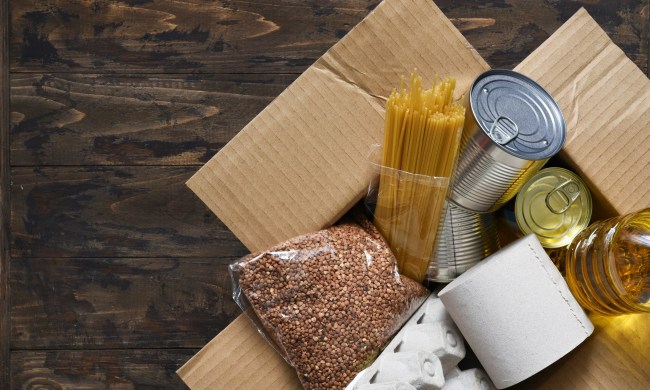The cutting of trees is a serious business. Anyone who has given at least an hour of their life over to watching home movie fails will have seen countless mistakes where trees have fallen the wrong way, causing thousands of dollars worth of damage. Knowing how to cut a tree down is a useful skill for every outdoorsman, survivalist, or budding arborist who wants to clear some deadwood from their garden.
But don't just go indiscriminately hacking away at trees. Sure, felling a tree gives you the most reliable firewood — once it's properly seasoned of course — but felling live trees doesn't fall into responsible firewood collecting when you're camping. If you do need to cut a tree down though, you need to know how to do so safely. You might be a budding lumberjack, but that doesn't mean you're hardier than a mighty oak.

How to fell a tree
Before you start your tree sawing — or chopping if you're using an axe — you need to think about whether you're the right man for the job. I'm not taking anything away from you here, but remember those home movies? If there's a good chance that you're going to take out your house, your neighbor's truck, or even worse, yourself, then perhaps it's time to call in the professionals. If you're sure that you have a safe fall zone and are totally prepared, then it's time to gear up.
Step 1: Pick a fall line for your tree. You need an area where your tree isn't going to get hung up on other trees or vegetation, with a clear shot to the ground. You're going to make your first cut on this side of the tree.
Step 2: Ready to cut? Hold on a second there. Plan your escape route before you make that first cut. When that tree starts to fall, you need a safe place to go. The best option is to leave in the opposite direction to where the tree will fall, but at an angle to avoid any kickback.
Step 3: It's time to make your cut. Remember, this cut should be made on the side of the tree you want the tree to fall towards.
If you're using a chainsaw — or hand saw — make your first cut at around 60°, diagonally downwards towards the ground, stopping when you're around a third of the way through the tree. Then make another cut straight across to meet at the base of your first cut.
If you're using an axe, make your cut by alternating between cutting upwards and down, until you have an open-mouth style cut of around 45°. Again, this should go to about a third of the way through the tree.
Step 4: Make a straight cut — or as straight as possible if you're using an axe — on the opposite side of the tree a couple of inches above your first cut. Keeping your second cut higher should stop the tree from kicking up when it falls and reduce the likelihood of injury.
Step 5: When your tree starts to fall, make good your escape. Now is the time to shout 'timber' if it makes you feel authentic, although having lived with a couple who had a dog with the same name, things might not work out how you'd planned them.
Step 6: Once your tree is felled, it's time saw it into logs, split these logs, and season them ready to be used as firewood. Whatever you do, clean up after yourself!




